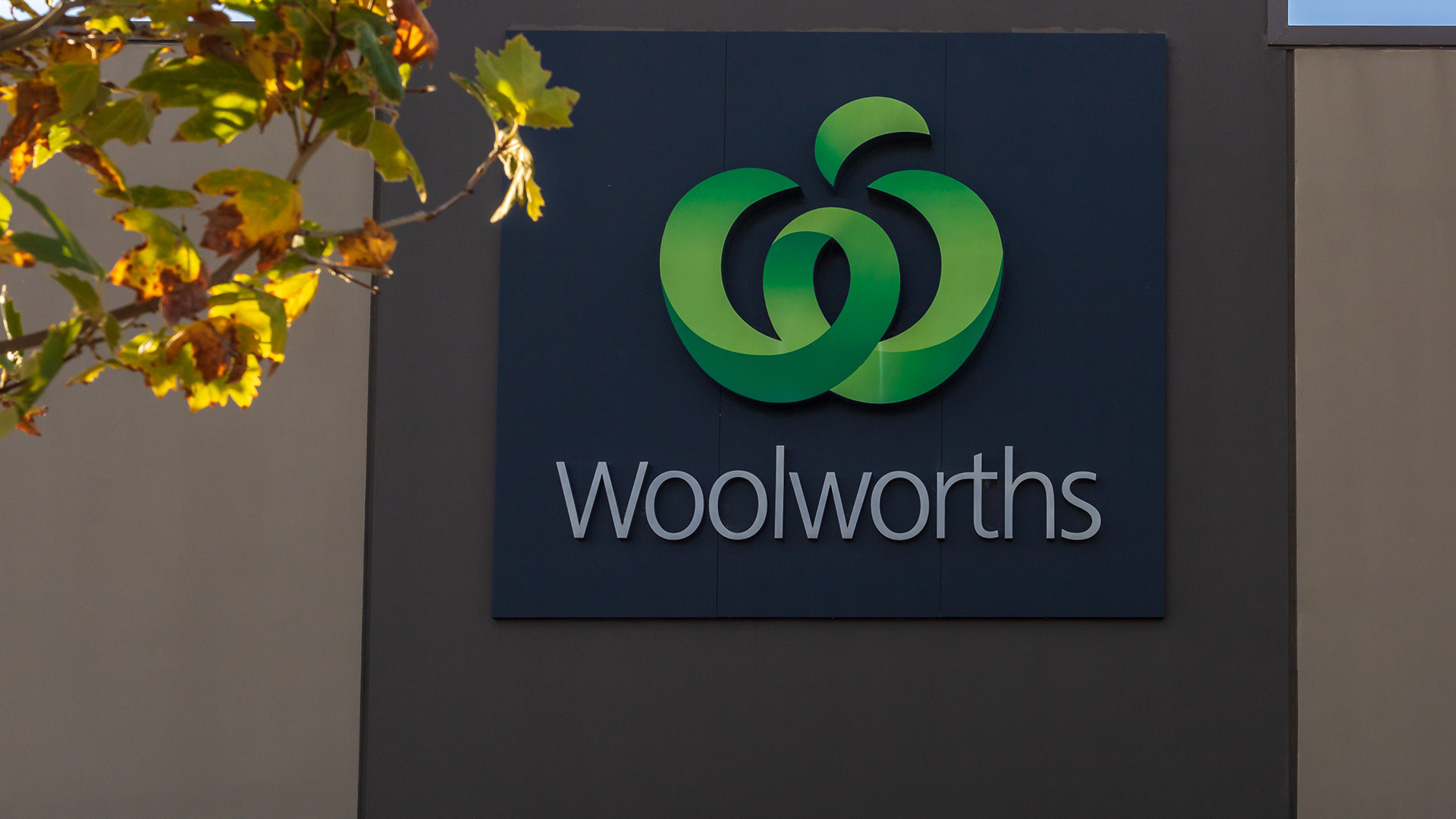Last week ended up like the month of August for most markets – a bit of weakness, some grudging gains, and a bit of a flourish towards the end that left most investors better off overall.
Overall, most markets rose in August and the MSCI All-Country World Index jumped 2% over the month for the biggest gain since February of this year.
But that gain came amid rising tensions in the Middle East and Ukraine which would have normally left markets weak and worried. But not last month.
The Standard & Poor’s 500 had a record month – rising through 2,000 points for the first time, ending the month for the first time above the 2000 point level for the first time ever on 2,003.37, and adding nearly 4% for the month, the best performance since February.
America’s Nasdaq Composite also had a strong month, rising more than 4% and ending at its highest level since 2000, just before the tech wreck erupted.
Bloomberg in fact estimated that more than $US1 trillion was added to the value of global equities in August, sending it to a record $US66.2 trillion.
And remember, most markets started August on the back foot after losses in late July.
The S&P 500 hit a two month low on August 7, and had lost just on 4% from July 24.
So in effect the S&P jumped close on 8% in August from its low point last month.
Amid the green in overseas markets, Australian shares turned in a small loss after the big rise in July.
That’s despite a good June 30 reporting season for most companies.
Commodities were mixed, with oil and gold both turning in lacklustre efforts given the rising tensions in the Middle East and in Ukraine.
Bond yields generally fell again on the prospect of more monetary stimulus in Europe, while commodities saw gold and oil and most metals down for the week and mostly for the month.
US bonds rose 2.2% in August, the biggest gain since the start of the year.
In fact bond yields around the world again fell last month – in Australia they lost 20 points to end Friday on 3.29%.
US 10 year bonds dropped 21 basis points, (the most since January) and ended at just over 2.34% (most forecasts had bond yields rising this year, which just hasn’t happened).
And rates on key 10 year securities in the UK, Italy, Spain and Germany also fell, some to multi-century lows (especially in Germany where the yield went under 0.90%).
But some sharemarkets last week ended in the red as the losses out weighed the positive days.
US shares were up 0.8% last week, while eurozone shares rose 2.4%, despite more weak economic news and the worsening of the situation in Ukraine.
However Japanese shares fell 0.7% as the economy continues to slow; Chinese shares fell 1.1% and the Australian share market lost 0.3% as the earnings season came to an end with those big dobs of red ink from Qantas and Virgin.
In Europe, that big rise last week helped lift the Stoxx 600 index 1.8% higher over the month.
In currencies, the euro fell nearly 2% against the US dollar, while the Aussie currency was all but steady over the month, rising 15 points from start to finish and trading in a narrow band of around 92 USc to around 93.50c.
In the US, the S&P 500 gained 3.8% for the month, which was the index’s best August performance since 2000.
It was also the index’s largest monthly percentage jump since February, when it rose 4.3%.
The Dow was up 3.2% for the month, while the Nasdaq climbed a very solid 4.8% for August.
In commodities, the Bloomberg Commodity Index fell 1.1% last month.
West Texas Intermediate crude oil dropped 2.3% in New York for its second consecutive monthly loss, while Brent fell 2.7%.
Both rose last week though – US crude was up 2.5% (which trimmed August’s loss) while Brent crude rose a more modest 0.9%.
Iron ore prices fell last week and the spot price will start the week on $US87, close to the lows of two years ago.
That will impact local investors where the market will start flat later today. It lost 9% over August.
While the S&P/ASX 200 declined 0.1% in August this is not bad given the 4.4% gain seen in July with solid profit reports and a global rebound helping the market recover from the sharp 3.5% fall at the start of the month.
Most grains fell in August, although US wheat futures jumped 6.5% last week on the worsening problems in Ukraine.
Metals were also easier, although palladium jumped sharply to touch a 13 year high.
Comex gold for December delivery was down $US4.40, or 0.3%, to $US1,286.00 an ounce in New York, while silver was also lower.
Gold rose 0.6% last week in New York, which gave the metal its 0.4% rise for the month. Silver fell 4.5% for the month.













